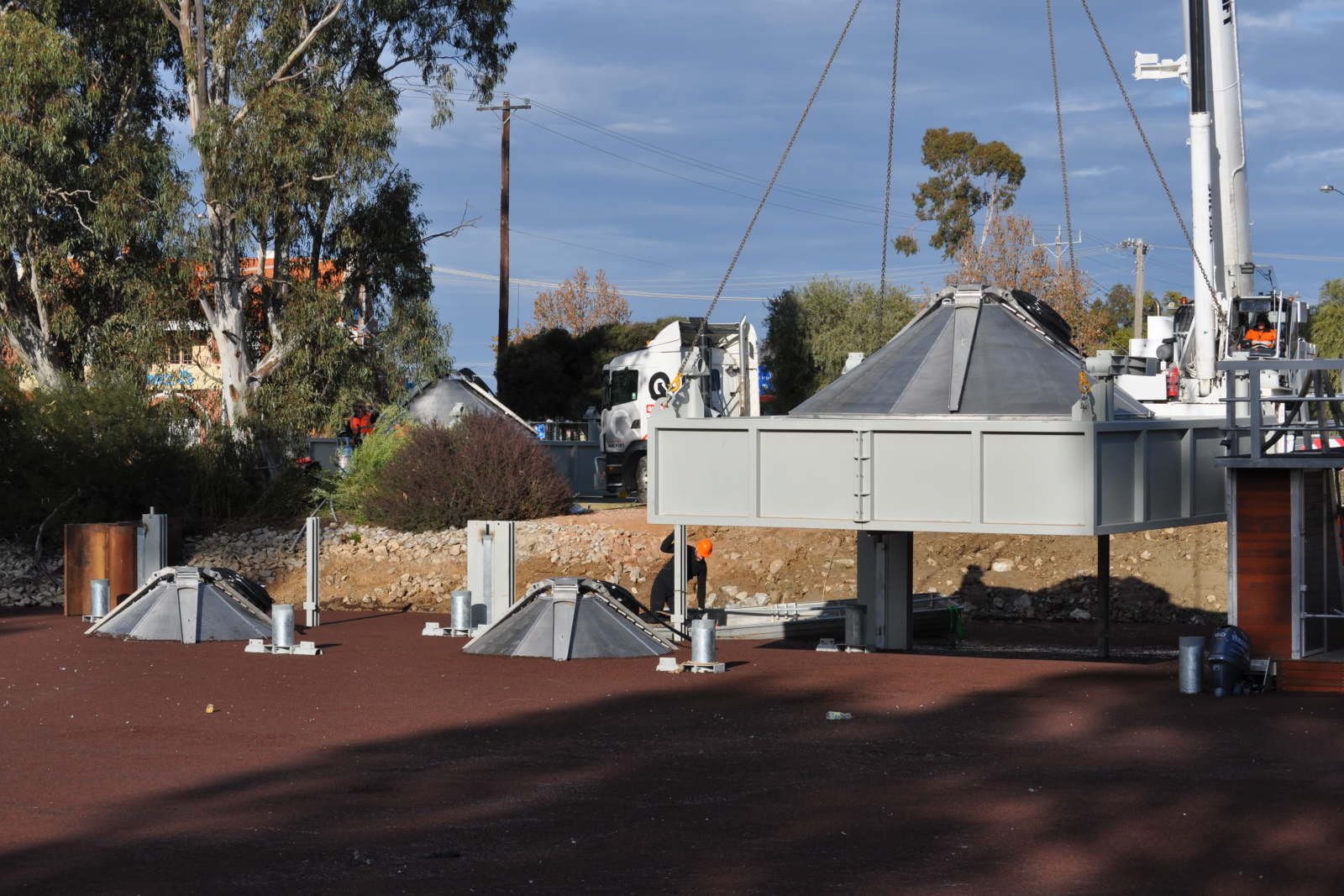Emerging technology could solve 'ludicrous' fish loss from irrigation
by Peter HannamNew fish screens being tested in Victoria and NSW may reduce the annual loss of millions of fish, turtles and even platypuses in the nation's irrigation pumps and channels.
Trials of the sophisticated self-cleaning mesh domes at Cohuna near the Murray River in Victoria are looking promising two years in. Another is under way at the Trangie-Nevertire Irrigation Scheme, north-west of Dubbo in NSW.
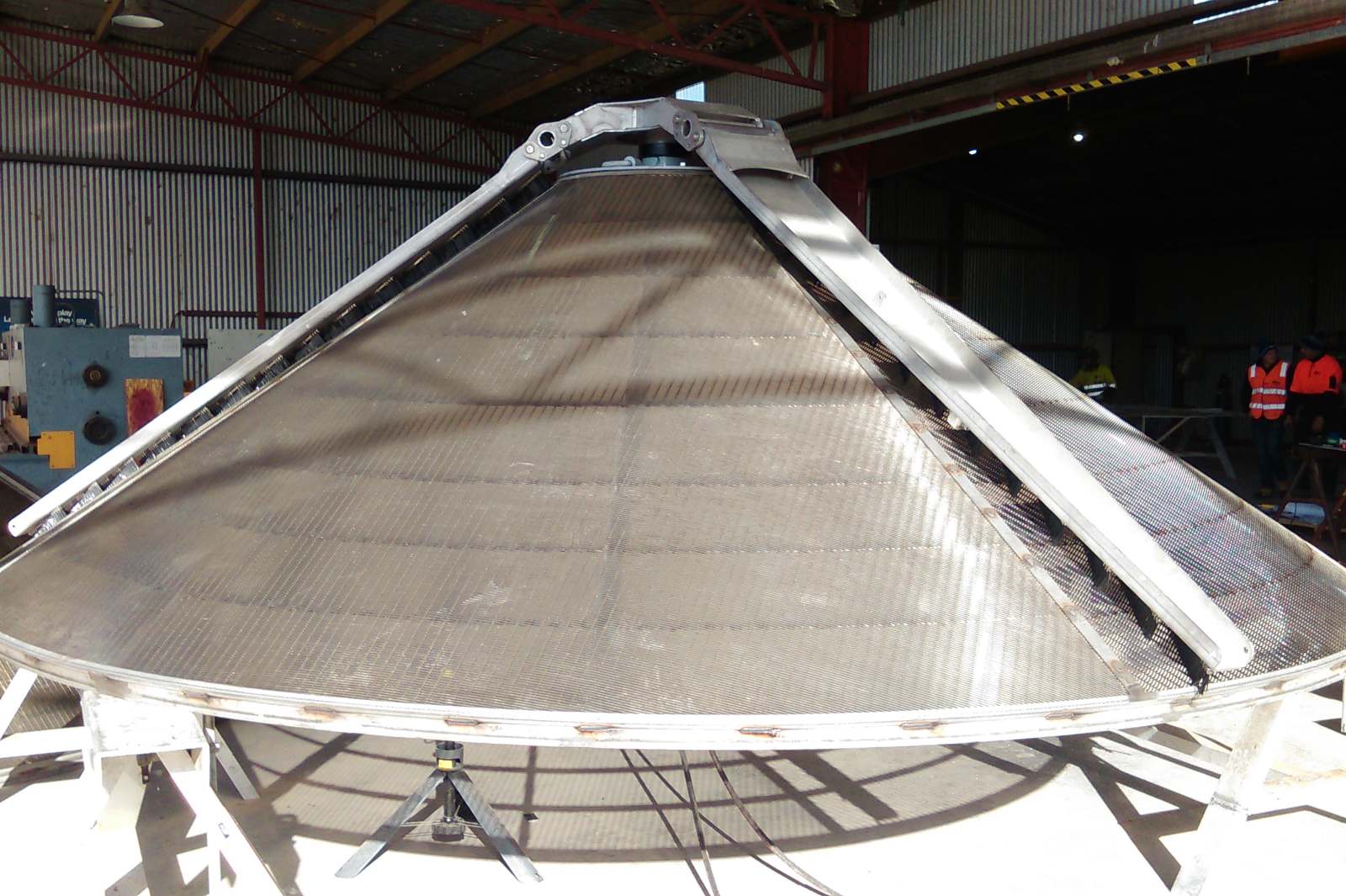
"The early signs are really positive," Nicole Bullen, an environmental manager at the North Central Catchment Management Authority, said. "They help us to manage one of the many threats to native fish populations."
The plight of freshwater aquatic life during the long drought in eastern Australia drew international attention, particularly after the mass fish kills at Menindee on the lower Darling River in early 2019.
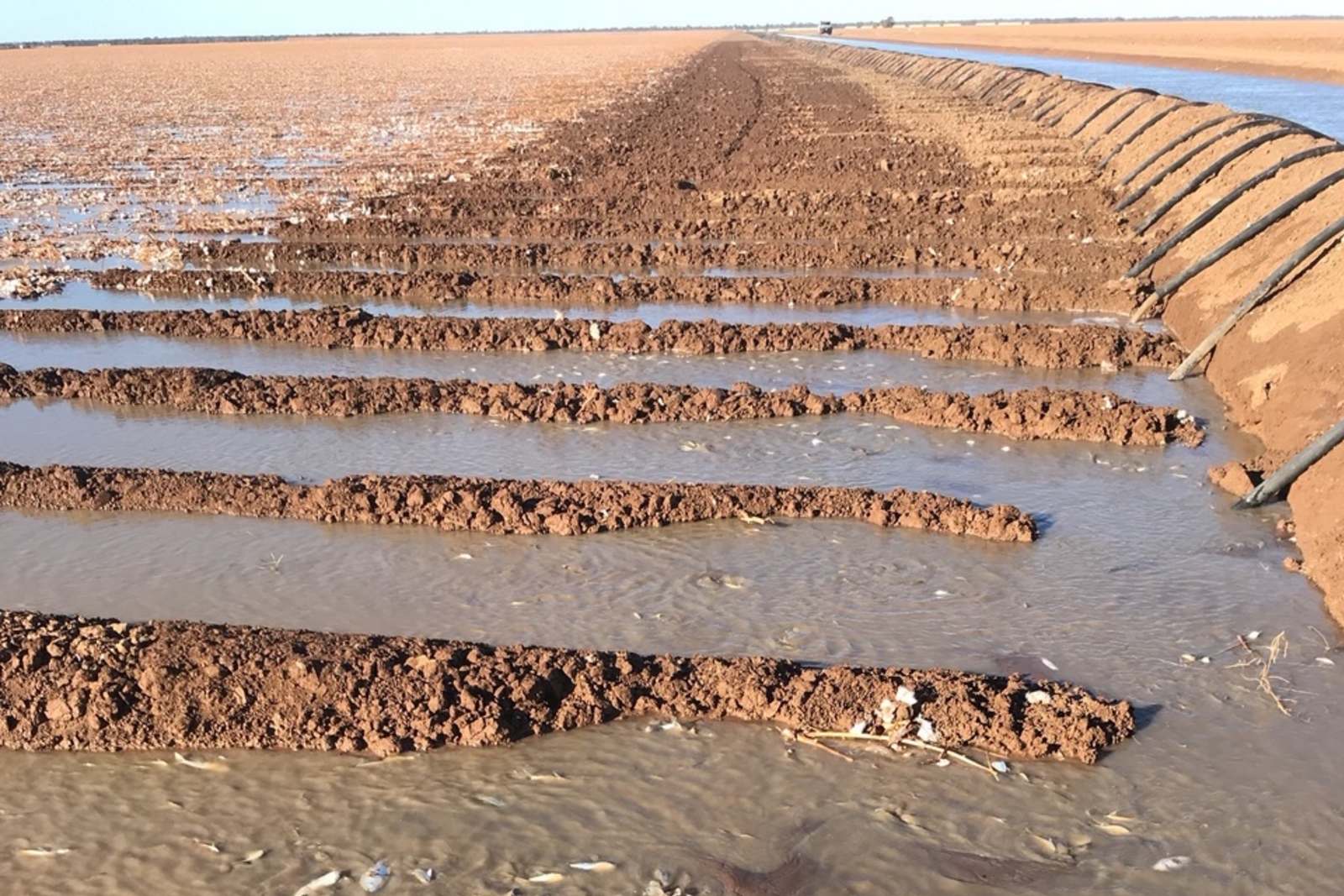
In fact, millions of fish die each year, either by being sucked into dam storages and crop fields, or being lost in irrigation canals. NSW alone has more than 4500 irrigation pumps.
"We're losing hundreds of millions of fish below the surface but no-one bats an eyelid," Matt Hansen, president of recreational fish group Inland Waterways, said. "It's absolutely ludicrous we can be doing it in this day and age."
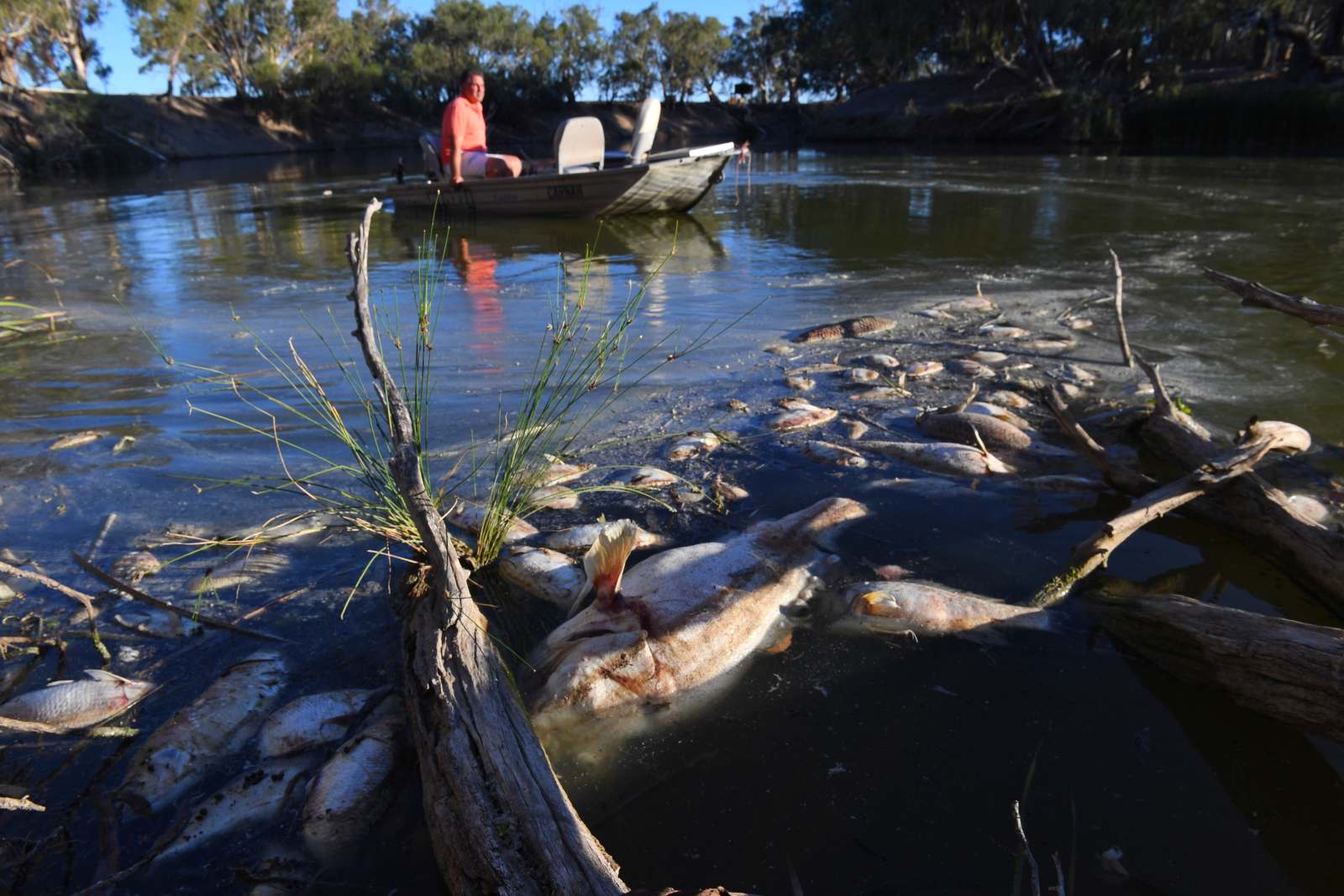
Backed by a $1 million grant from the Victorian Environmental Water Holder, the "Australian-first" trials of the self-cleaning screens examined whether they could prevent fish larvae ending up in a canal at Cohuna while keeping the reduction of water levels to less than 2 centimetres.
Farmers got water without disruption, while screens diffused plant and larval drift so most didn't get through the 2-millimetre wide mesh nor did they clog up the mesh.
Of 160 Murray cod larvae detected on average each day drifting in the current, none were found on the other side, Ms Bullen said.
Craig Boys, a fish ecologist with NSW's Department of Primary Industries who has helped champion the technology, said his agency was working "with a number of willing farmers".
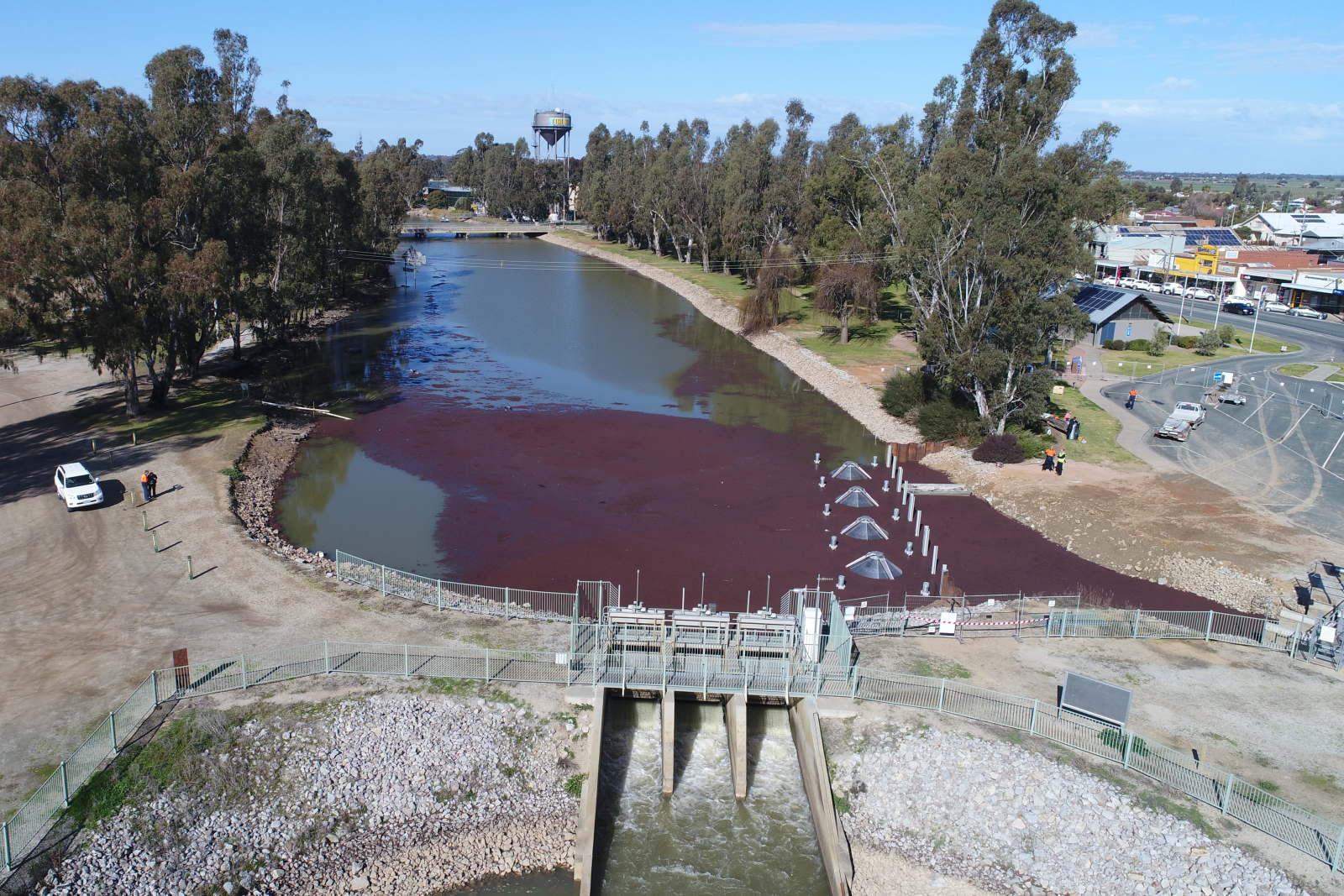
"Modern screens also help farmers reduce clogging from sticks, leaves and other debris which can end up in their water supply, which saves them money on maintenance, electricity, fuel and filters," Dr Boys said.
Brett Kelly, managing director of the Cohuna-based AWMA Water Control Solutions, admits irrigators will need some convincing, not least because the screens cost up to $1 million each.
Still, he's confident governments will help share the funding burden, noting the millions they spend on building fish ladders, breeding and restocking native species.
"It's really strange - all that effort going to fish," Mr Kelly said. "Then we just suck them out by the millions."
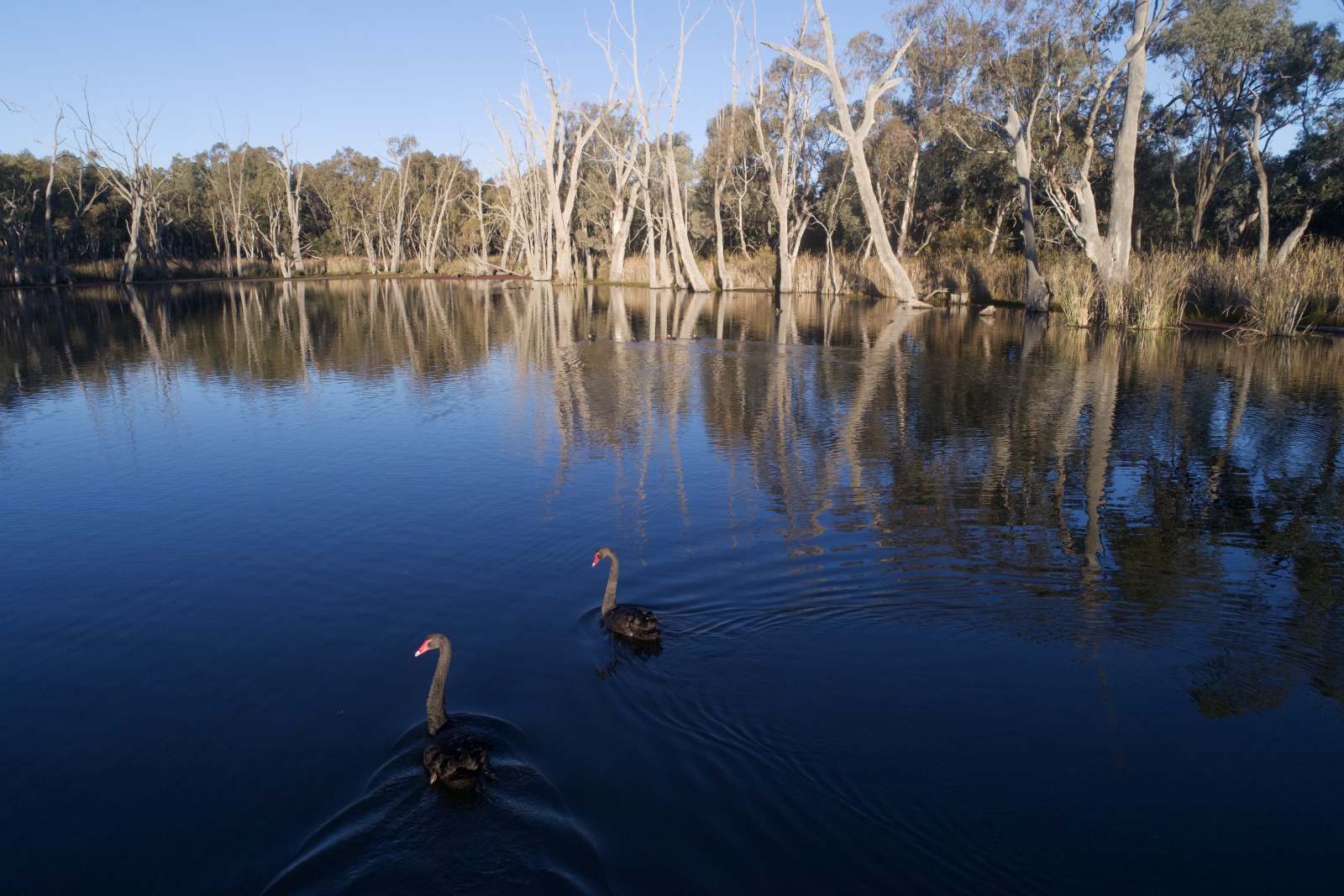
Michael Murray, general manager of Cotton Australia, said: “As an industry we recognise the importance of native fish as one of the key indicators of a healthy river system and we are open to considering all ways to ensure healthy fish populations.”
“Fish screens are a relatively new concept in Australia, so it is really important to get this local research, before jumping to any conclusions, or wholesale endorsement of fish screens,” he said.
Lee Baumgartner, a fish ecologist at Charles Sturt University, said similar technology was already used in Europe, the US and mandated in parts of New Zealand.
Savings to farmers in terms of maintenance avoided in unclogging their own pumps of vegetation, fish and even platypuses would deliver a "win-win" for all.
"Every time we put one on a pump, you're saving thousands of fish," Professor Baumgartner said.
"The river needs that right now."
